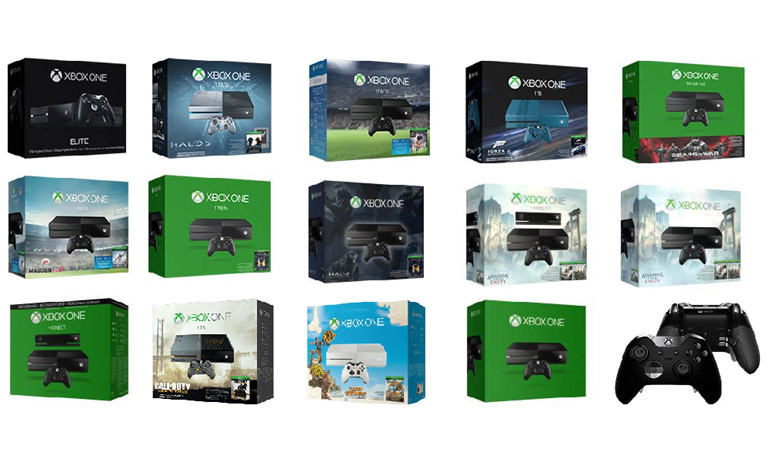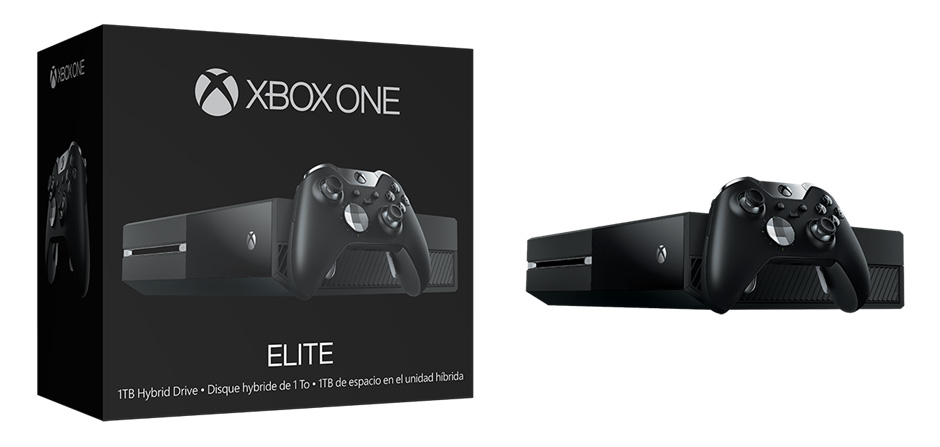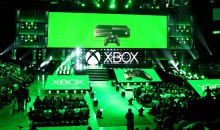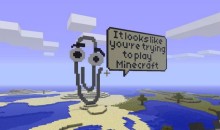Xbox One Elite: The 14th Bundle in Less Than Two Years
Microsoft is setting records with the number of console bundles they’re releasing for the Xbox One – but is that really a good thing? We’re not so sure.
The freshly unveiled Xbox One Elite, which includes the Elite Wireless Controller and a 1TB Solid State Hybrid Drive that reduces load time by 20% from previous models, is by our count the fourteenth Xbox package the company has put out in North America since its initial release in Fall of 2013. In comparison, Sony and Nintendo have each had six North American bundles for their PS4 and Wii U, respectively.
While the amount of bundles isn’t always an indicator of console success or failure, the oversupply of XB1’s we’re receiving might hold a few negative implications for Microsoft. It’s generally accepted that bundles are released to boost sales by incentivizing lukewarm buyers with the prospect of savings; This is why Europe, for instance, is seeing an influx of European exclusive PS4 bundles, since the console doesn’t fly off the shelves there quite the way it does in Canada and the U.S.
Xbox has been trailing behinds PS4 in terms of console sales since day one, so it’s no surprise Microsoft would try to play catch up by throwing in a free game or two like they did with bundles such as their Sunset Overdrive Xbox and Halo: Master Chief Collection console. While these sorts of bundles are relatively harmless – offering the same hardware only with swappable games – its the drastically different console variations such as the “with no Kinect,” “1TB,” and now “Elite” bundles that should raise a number of concerns for Xbox consumers:
Certainly gamers who have yet to purchase an Xbox One would enjoy the option of a faster, more dedicated console, but what of those early adopters who lined up for the system on launch day? There’s no disputing consoles need to evolve, but consumers will become cynical that their 400-500 dollar investments will be worth the money when a new, more powerful and potentially cheaper option is never more than a few months away.
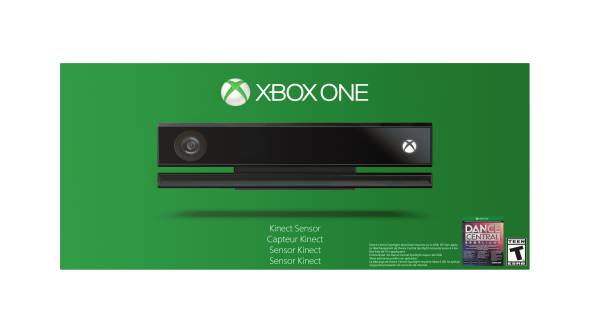
Kinect 2.0, originally planned to be essential to the Xbox One, can now only be purchased standalone for $149.99.
It’s moves like the introduction of a new first party controller and more famously the removal of the Kinect 2.0 motion camera that seem to reveal a concerning identity crisis for Xbox. Prior to launch Microsoft promoted the console’s motion camera compatibility with a sheer ferocity, only to remove it from the box and go silent on previously talked about Kinect-based games. Moves like this telegraph a scrambled vision of what the console is really meant to be, and either confuses entry level gamers or leaves veterans unsure that the company’s interests today will still match their own in the future.
And the end of the day, the casual gamer looking for the cheapest deal will absolutely benefit from the onslaught of package priced consoles, but the industry fan – ever invested in who will win the console war – might lose faith that Xbox has any idea how to win. The bundles represent a lack of confidence within Microsoft; a suggestion that they haven’t quite yet found their footing.
With fourteen unique choices laid out, it’s absolutely the best time to buy an Xbox One. That is, until a new bundle inevitably hits shelves later this year that seeks to reinvent the good ol’ Xbone yet again.

